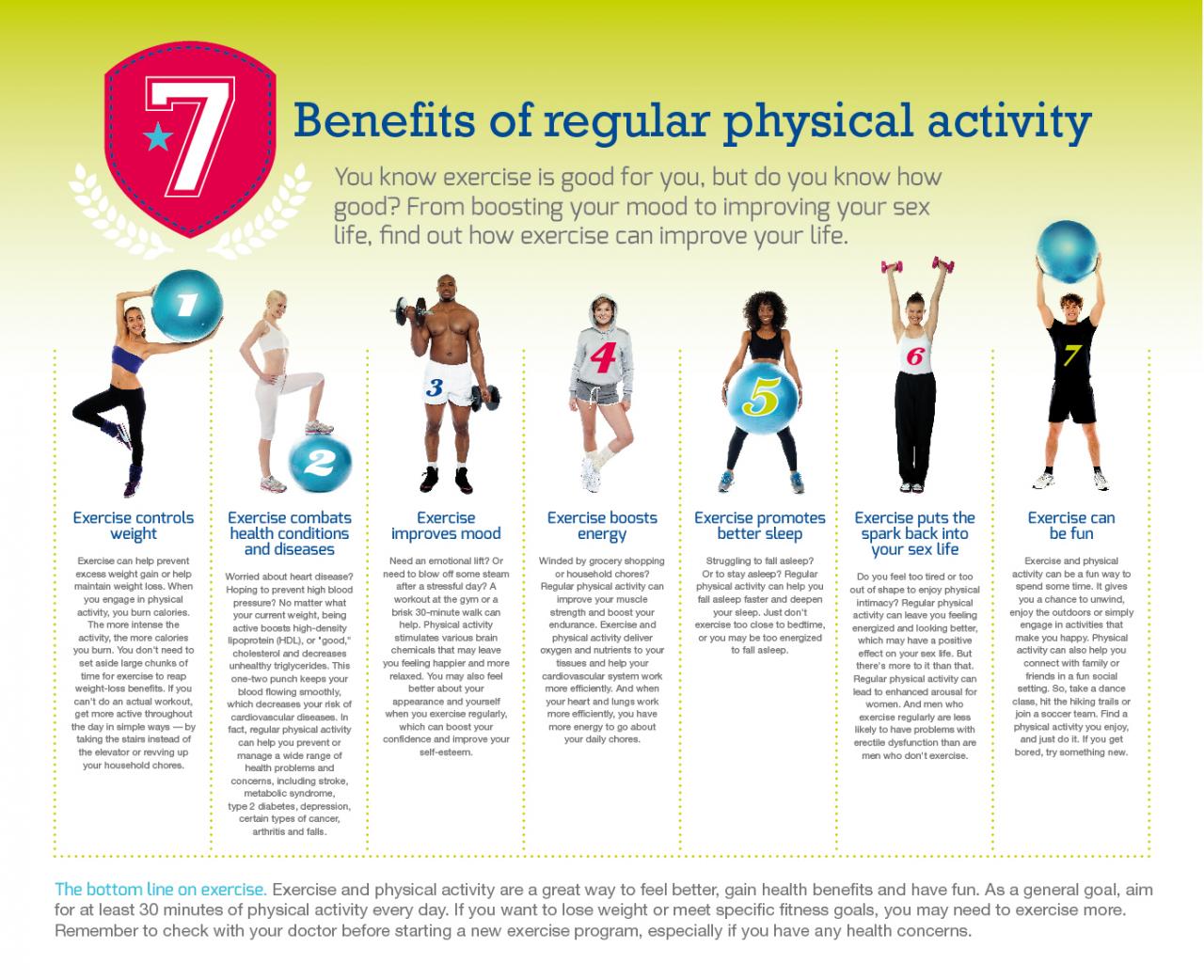
Explain why regular exercise is the best way to prevent flexibility issues. – Regular exercise is the best way to prevent flexibility issues. By engaging in regular physical activity, individuals can maintain optimal range of motion, enhance joint mobility, and reduce the risk of injuries. This comprehensive guide delves into the physiological mechanisms of flexibility, explores various types of flexibility exercises, and provides practical recommendations for incorporating flexibility training into fitness regimens.
The physiological changes that occur during exercise play a crucial role in enhancing flexibility. Stretching and muscle lengthening exercises help improve range of motion by increasing the elasticity of muscles and connective tissues. Proper form and technique are essential for effective flexibility training, ensuring that exercises are performed safely and effectively.
Importance of Regular Exercise for Flexibility

Maintaining flexibility is crucial for overall physical well-being and injury prevention. Regular exercise plays a vital role in preserving and enhancing flexibility by promoting range of motion and joint mobility.
Benefits of Exercise for Flexibility
- Improved range of motion in joints
- Increased mobility and agility
- Reduced risk of muscle strains and sprains
- Enhanced coordination and balance
- Improved posture and alignment
Incorporating flexibility exercises into regular fitness routines can significantly benefit individuals of all ages and fitness levels.
Physiological Mechanisms of Flexibility
Exercise promotes flexibility through various physiological mechanisms. Stretching and muscle lengthening exercises stimulate the production of elastin and collagen, which are proteins that provide elasticity and strength to connective tissues.
- Stretching:Elongates muscle fibers and connective tissues, increasing range of motion.
- Muscle Lengthening:Gradually increases the length of muscle fibers over time, enhancing flexibility.
Proper form and technique are essential for effective flexibility training to avoid injuries and maximize benefits.
Today is a special day to celebrate all the mothers in our lives. From those who have given birth to us to those who have raised us and loved us unconditionally, mothers deserve all the appreciation and love we can give them.
Whether you’re looking for a heartfelt message to share with your mom or a funny Snoopy image to make her laugh, there are plenty of resources available online. If you’re celebrating with your Vietnamese-speaking mother, be sure to check out some of the Vietnamese Mother’s Day greetings.
And for all the sisters out there who are also mothers, don’t forget to wish your sibling a happy Mother’s Day as well.
Types of Flexibility Exercises
There are various types of flexibility exercises, each with unique benefits and limitations.
Static Stretching
- Holding a stretch for 15-30 seconds
- Suitable for post-workout and cool-down routines
Dynamic Stretching
- Involves gentle movements while stretching
- Effective for warm-ups and improving range of motion
Active Isolated Stretching
- Isolates and contracts specific muscle groups while stretching
- Provides targeted flexibility improvements
Frequency and Duration of Flexibility Training
For optimal flexibility, it is recommended to engage in flexibility training 2-3 times per week.
- Each session should last for 10-15 minutes
- Consistency and progression are key for gradual improvements
Excessive flexibility training can lead to hyperlaxity, while insufficient training may result in decreased flexibility and increased risk of injuries.
Incorporating Flexibility into Fitness Regimens, Explain why regular exercise is the best way to prevent flexibility issues.
Flexibility exercises can be easily incorporated into various fitness regimens.
- Warm-ups:Dynamic stretching exercises prepare muscles for activity
- Cool-downs:Static stretching exercises promote relaxation and recovery
- Dedicated sessions:Specific flexibility training sessions improve overall range of motion
Balancing flexibility training with other fitness components, such as strength training and cardiovascular exercise, is crucial for well-rounded fitness.
Flexibility and Injury Prevention
Improved flexibility significantly reduces the risk of injuries, particularly in sports and physical activities.
- Reduced muscle strains:Flexible muscles are less prone to tearing
- Fewer sprains:Improved joint mobility reduces the likelihood of sprains
- Enhanced balance:Flexibility exercises improve coordination and balance, preventing falls and injuries
Flexibility exercises can also be used as part of injury rehabilitation programs to restore range of motion and prevent re-injury.
Closing Notes: Explain Why Regular Exercise Is The Best Way To Prevent Flexibility Issues.

Incorporating flexibility exercises into fitness regimens is essential for overall health and well-being. By including flexibility training in warm-ups and cool-downs, individuals can prepare their bodies for physical activity and reduce the risk of injuries. Balancing flexibility training with other components of fitness, such as strength training and cardiovascular exercise, is crucial for a well-rounded fitness program.
Express your gratitude and love this Mother’s Day with heartfelt images that capture the essence of motherhood. Celebrate the special bond between mother and child with warm Vietnamese greetings . Show your appreciation to the amazing women in your life, like your sister, with touching messages . Maintaining flexibility is crucial for overall health, and regular exercise is the key to preventing stiffness.
End your Mother’s Day celebration on a cheerful note with Snoopy’s adorable Mother’s Day greetings .
FAQ Insights
What are the benefits of flexibility exercises?
Flexibility exercises improve range of motion, enhance joint mobility, reduce muscle tension, and prevent injuries.
How often should I do flexibility exercises?
Aim for at least two to three flexibility sessions per week.
What types of flexibility exercises are there?
Static stretching, dynamic stretching, and active isolated stretching are common types of flexibility exercises.
How can I incorporate flexibility exercises into my fitness routine?
Include flexibility exercises in your warm-ups and cool-downs, or dedicate separate sessions to flexibility training.






